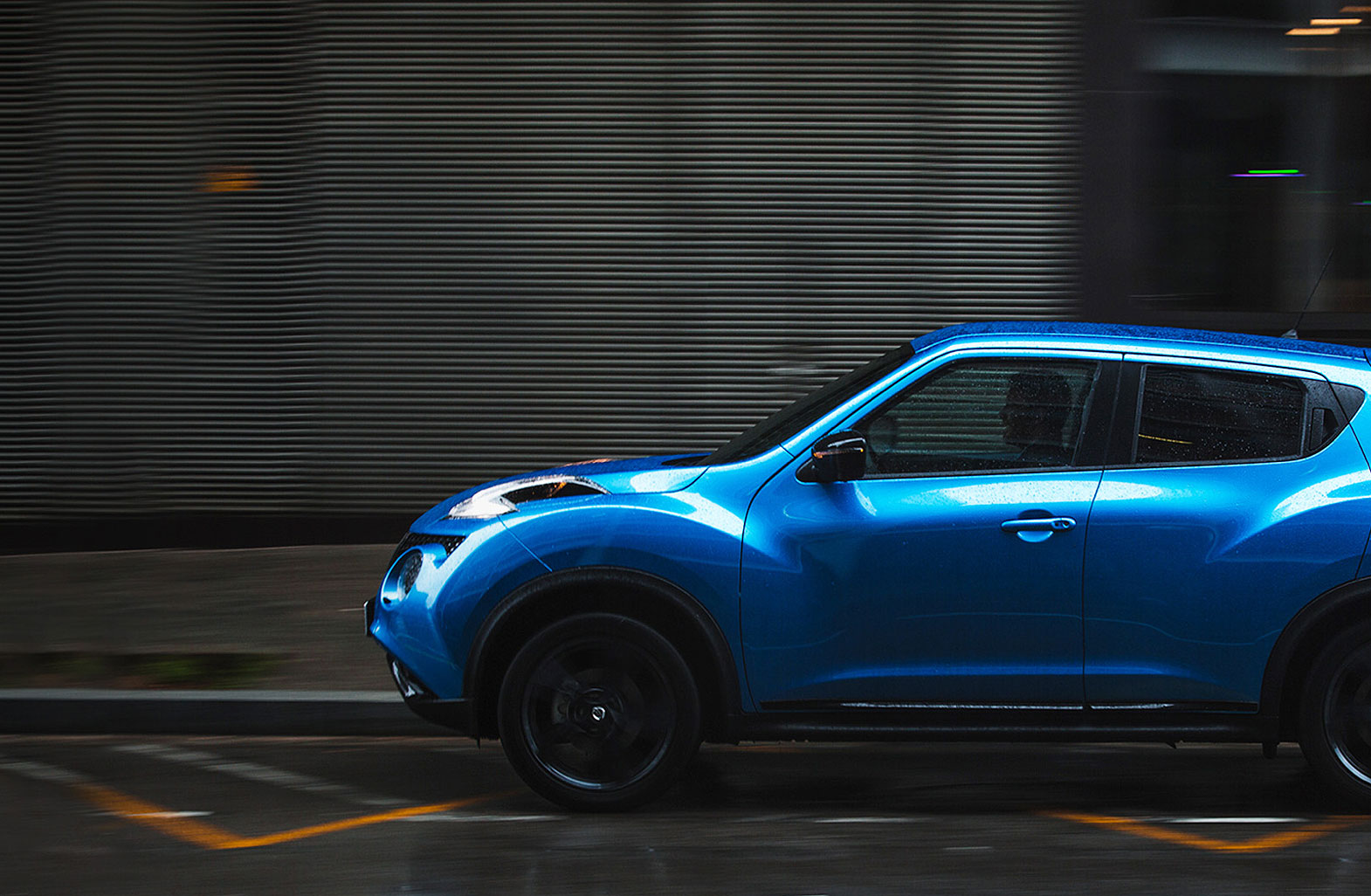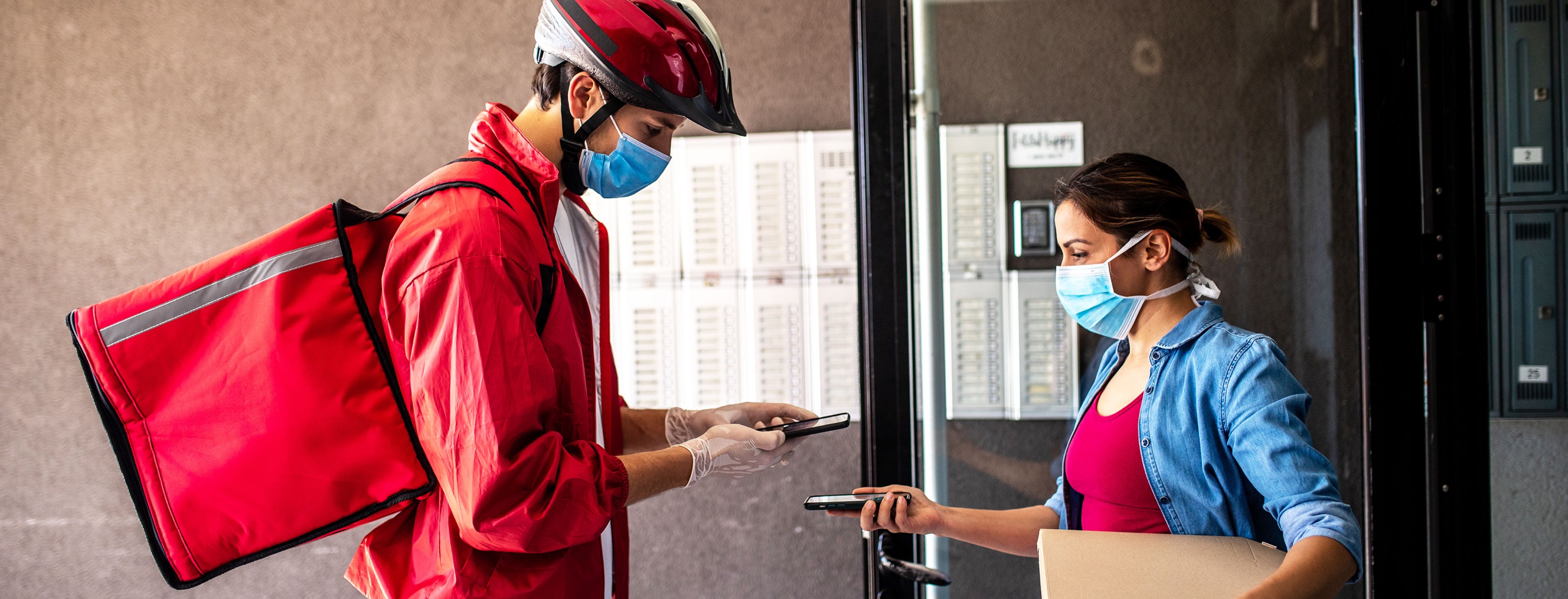Who uses delivery well?
The National Restaurant Association estimates that three percent of U.S. restaurants have already closed due to the crisis and up to 20 percent could close in the coming weeks and months.
Pizza has long been core to the growth of food delivery and that is no different during COVID-19. Domino’s, one of the world’s largest pizza delivery chains, said its sales have grown more than seven percent in April and announced that they would be hiring an additional 10,000 employees to meet the demand. Other QSR brands like Dunkin, Chipotle and McDonald’s have prioritized scaling their delivery programs and partners while also honing in on mobile services to ensure they are providing convenience, speed and consistency. They’re also ensuring they are addressing safety and health necessities by offerings options like contactless delivery.
Direct-to-consumer trends and competition
Retail and grocery offer delivery lessons, and Amazon isn’t the only online retailer with a sophisticated delivery ecosystem. Digital-first retailers likely have strong offerings to succeed during and after the crisis as they drive awareness, customer engagement and revenue through digital channels, such as web, mobile, and social. We have seen consumer product brands go direct-to-consumer and grocers expand their online presence to capture digital revenue streams.
In the pet space, Chewy has made a mark with strong customer-facing digital e-commerce experiences and subscription services that have gained consumer trust. They are poised to succeed now and into the future via predictable revenue, and rely on delivery services to ensure they meet their customers’ expectations with convenience and consistency. Many grocery chains such as Whole Foods have diversified their offerings to compete against restaurants during the crisis, with Whole Foods opening more online-only dark stores for delivery only.
Driving delivery forward
Some QSRs are still in the early stages of an owned delivery program and remain reliant on partners. But third-party services are here to stay, and the way that QSRs fully adopt and evolve their offerings will greatly impact their future growth. QSRs need to embrace delivery as another option to engage with customers, consider unique experiences and determine how to run their own program directly to drive the greatest return.
Those QSR brands who have reached critical mass must continue to innovate, assess current and future competitors and strive for a balance of owned and third-party solutions. At the end of the day, the QSR that can deliver the best service themselves, with the strongest customer experience, can grow customer engagement, customer satisfaction and profitability for the brand and franchise network.








